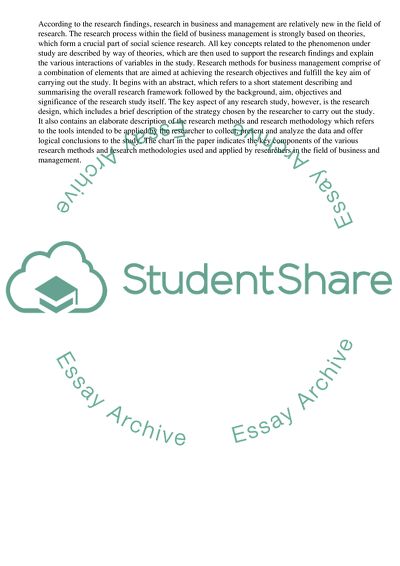Cite this document
(Understanding Business and Management Research Methods Coursework, n.d.)
Understanding Business and Management Research Methods Coursework. Retrieved from https://studentshare.org/business/1861959-understanding-business-and-management-research-methods
Understanding Business and Management Research Methods Coursework. Retrieved from https://studentshare.org/business/1861959-understanding-business-and-management-research-methods
(Understanding Business and Management Research Methods Coursework)
Understanding Business and Management Research Methods Coursework. https://studentshare.org/business/1861959-understanding-business-and-management-research-methods.
Understanding Business and Management Research Methods Coursework. https://studentshare.org/business/1861959-understanding-business-and-management-research-methods.
“Understanding Business and Management Research Methods Coursework”, n.d. https://studentshare.org/business/1861959-understanding-business-and-management-research-methods.


